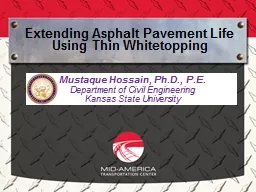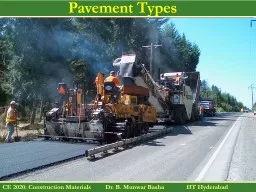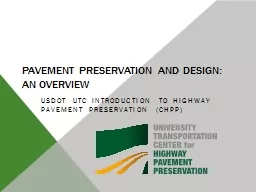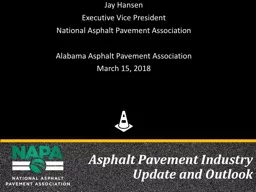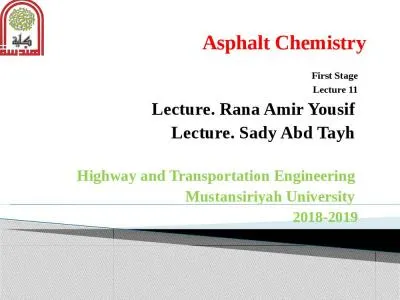PPT-Extending Asphalt Pavement Life Using Thin
Author : myesha-ticknor | Published Date : 2017-10-24
Whitetopping Mustaque Hossain PhD PE Department of Civil Engineering Kansas State University Disclaimer The contents of this report reflect the views of the
Presentation Embed Code
Download Presentation
Download Presentation The PPT/PDF document "Extending Asphalt Pavement Life Using Th..." is the property of its rightful owner. Permission is granted to download and print the materials on this website for personal, non-commercial use only, and to display it on your personal computer provided you do not modify the materials and that you retain all copyright notices contained in the materials. By downloading content from our website, you accept the terms of this agreement.
Extending Asphalt Pavement Life Using Thin: Transcript
Download Rules Of Document
"Extending Asphalt Pavement Life Using Thin"The content belongs to its owner. You may download and print it for personal use, without modification, and keep all copyright notices. By downloading, you agree to these terms.
Related Documents

